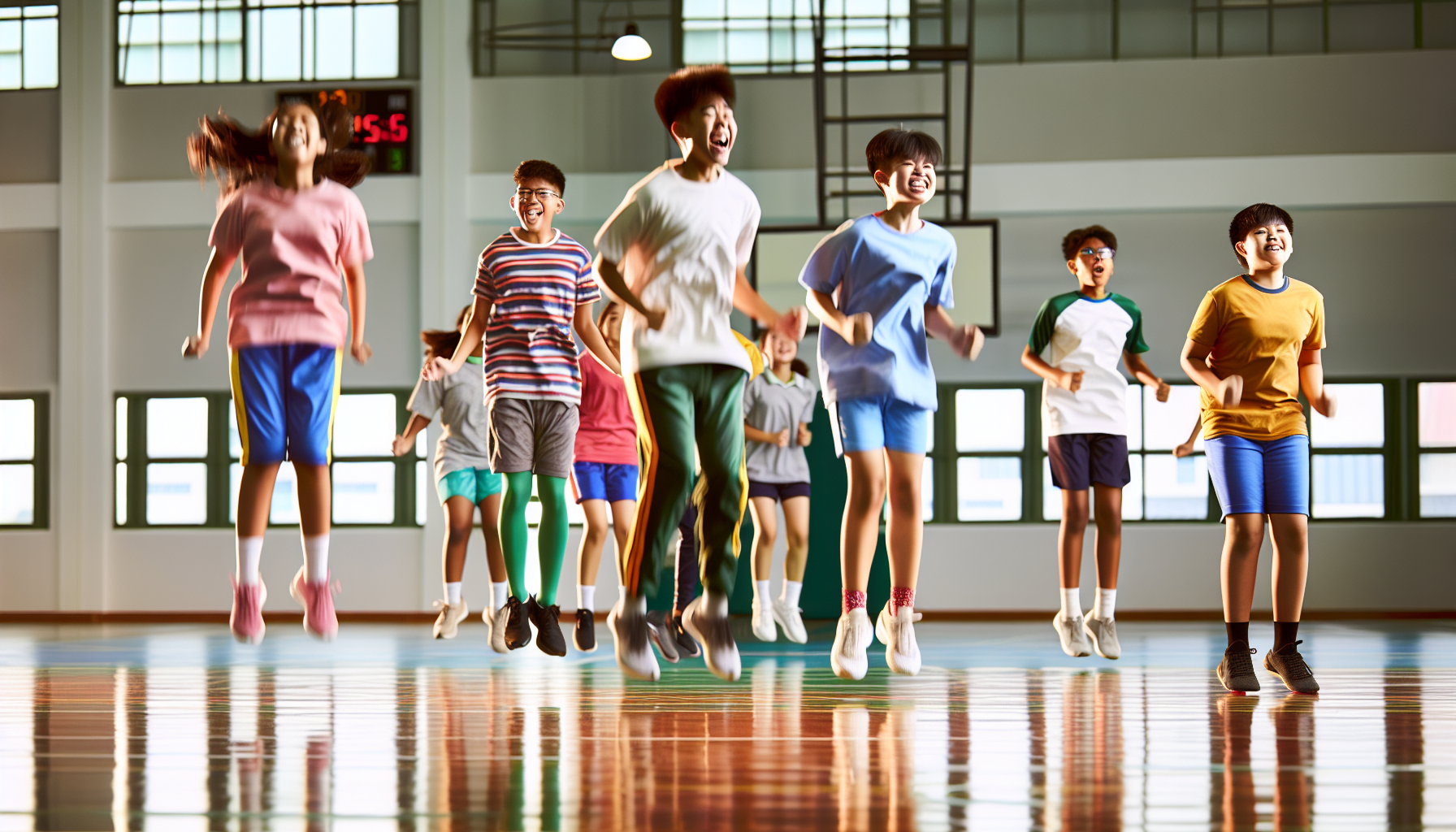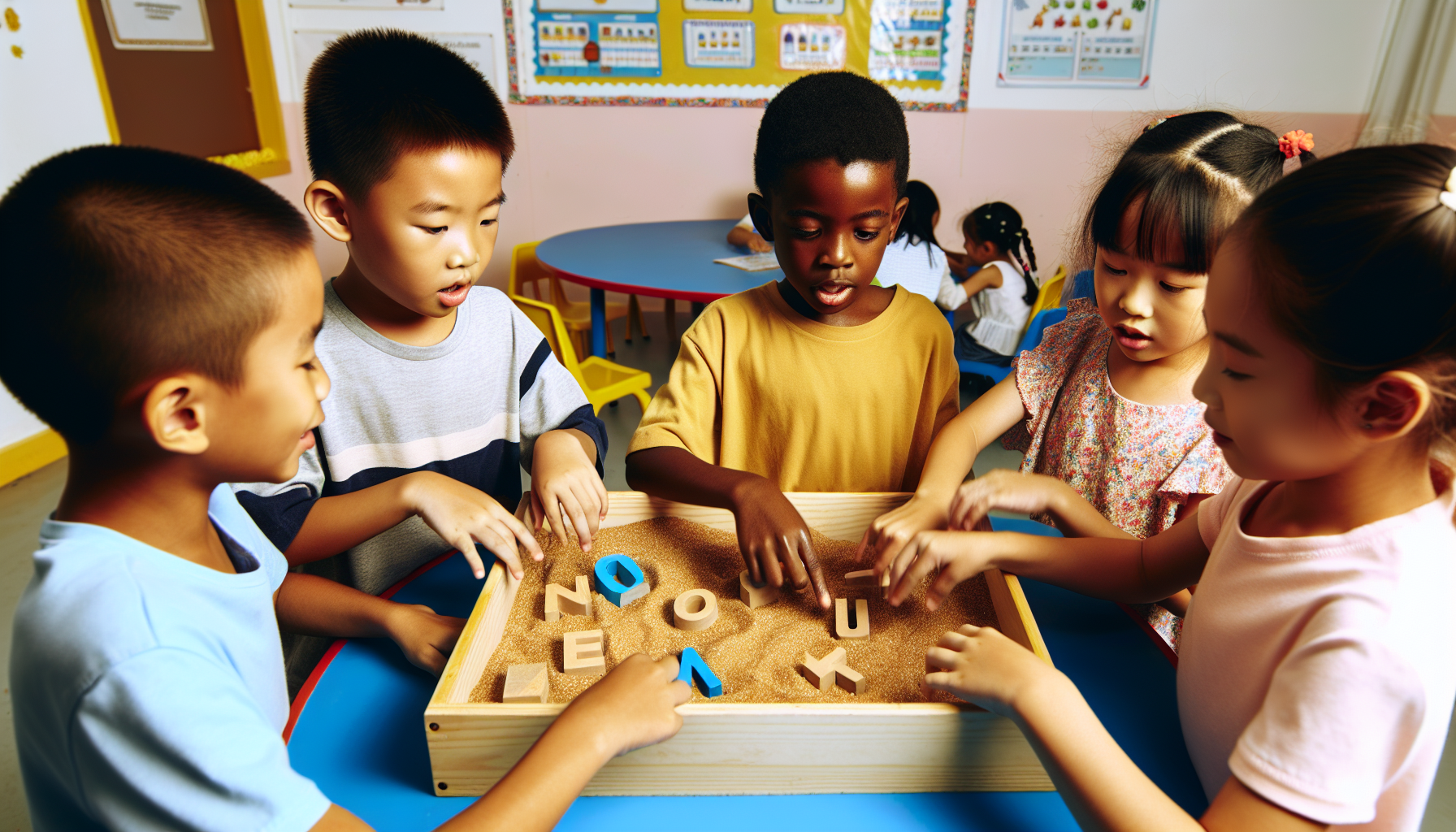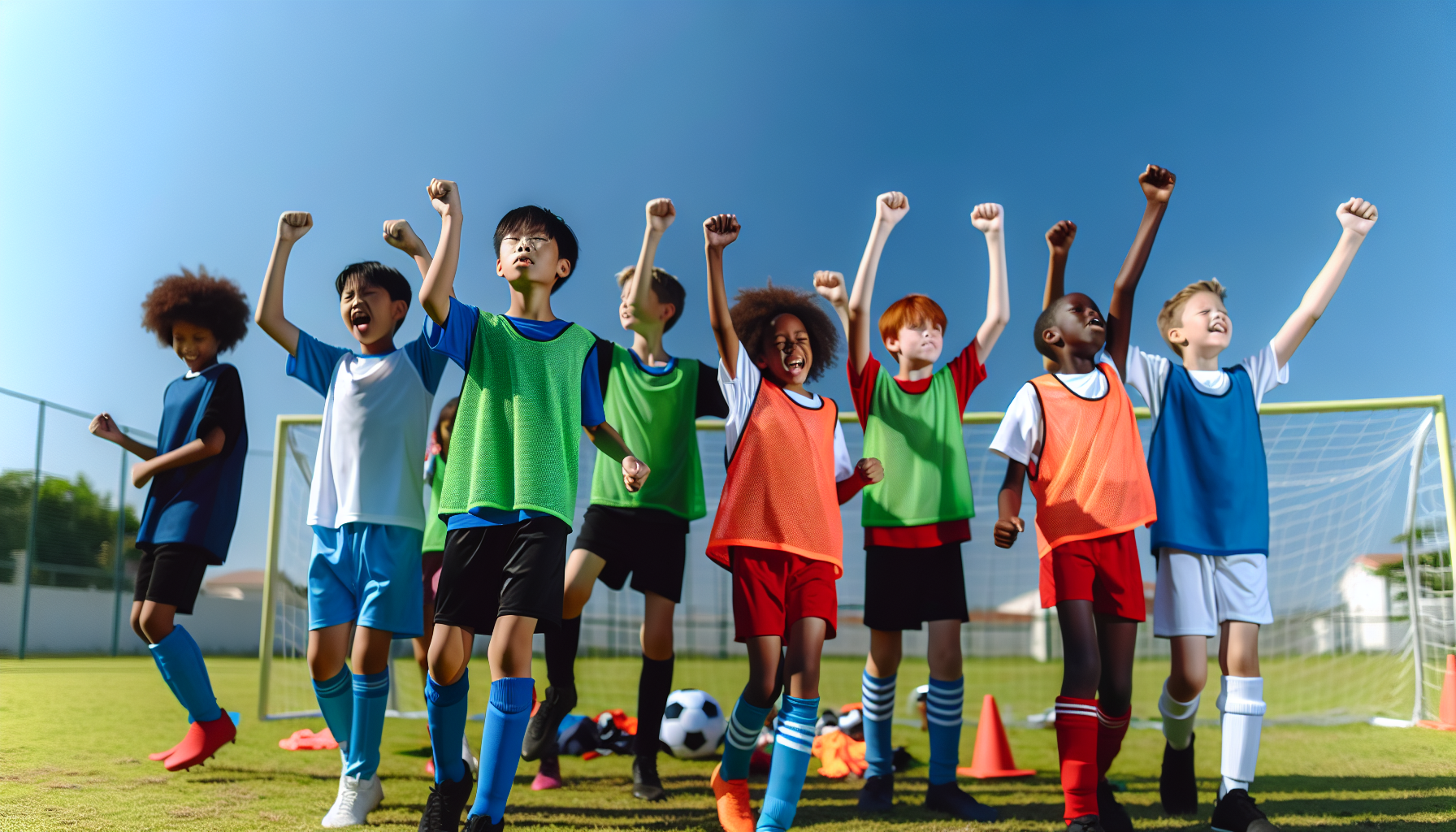
Are you pondering whether team sports or individual activities best suit your teenager’s unique traits and interests? This crucial decision can impact their physical, social, and emotional development. We’re here to offer clarity on ‘team sports vs individual activities: finding the right fit for teenagers.’
In this article, you’ll find insights into the advantages of both team dynamics and solo pursuits, allowing you to better support your teen’s journey toward a fulfilling sports experience.
Table of Contents
ToggleKey Takeaways
- Team sports can enhance social skills, cooperation, and a sense of belonging in teenagers, while individual sports promote self-discipline, independence, and personal growth.
- Choosing the right sport for a teenager involves assessing their personality, interests, and feedback, with guidance from coaches and experts for a tailored fit to their strengths and weaknesses.
- Maintaining a balance between sports and academics is crucial, and participation in multiple sports can foster life satisfaction, prevent burn-out, and support both mental and physical development.
Understanding Team Sports and Individual Activities
At the heart of this puzzle are two broad categories of sports activities: team sports and individual sports. Playing sports, like football or basketball, involve multiple participants working towards a common objective in team sports, while individual sports, also known as individual sport, like swimming or tennis focus on solo participation and personal skills development. The buzz of camaraderie and team spirit often attracts outgoing teenagers who thrive in such environments. On the other hand, these activities often appeal to teenagers who are shy or introverted, allowing them to shine in their self-reliance and personal achievements. In the debate of team sports vs individual sports, it’s essential to consider the unique benefits each category offers.
While both team sports and individual activities significantly contribute to physical health, it’s necessary to maintain a healthy balance to prevent overexertion. For beginners, popular starting points in team sports include football or basketball. Meanwhile, those interested in individual sports could consider swimming or gymnastics.
The key to finding the right sports activity for your teenager lies not just in their popularity or peer influence but in comprehending the differences between team sports and individual activities. Aligning your teenagers’ personality and preferences with their chosen sports is vital.
Benefits of Team Sports for Teenagers
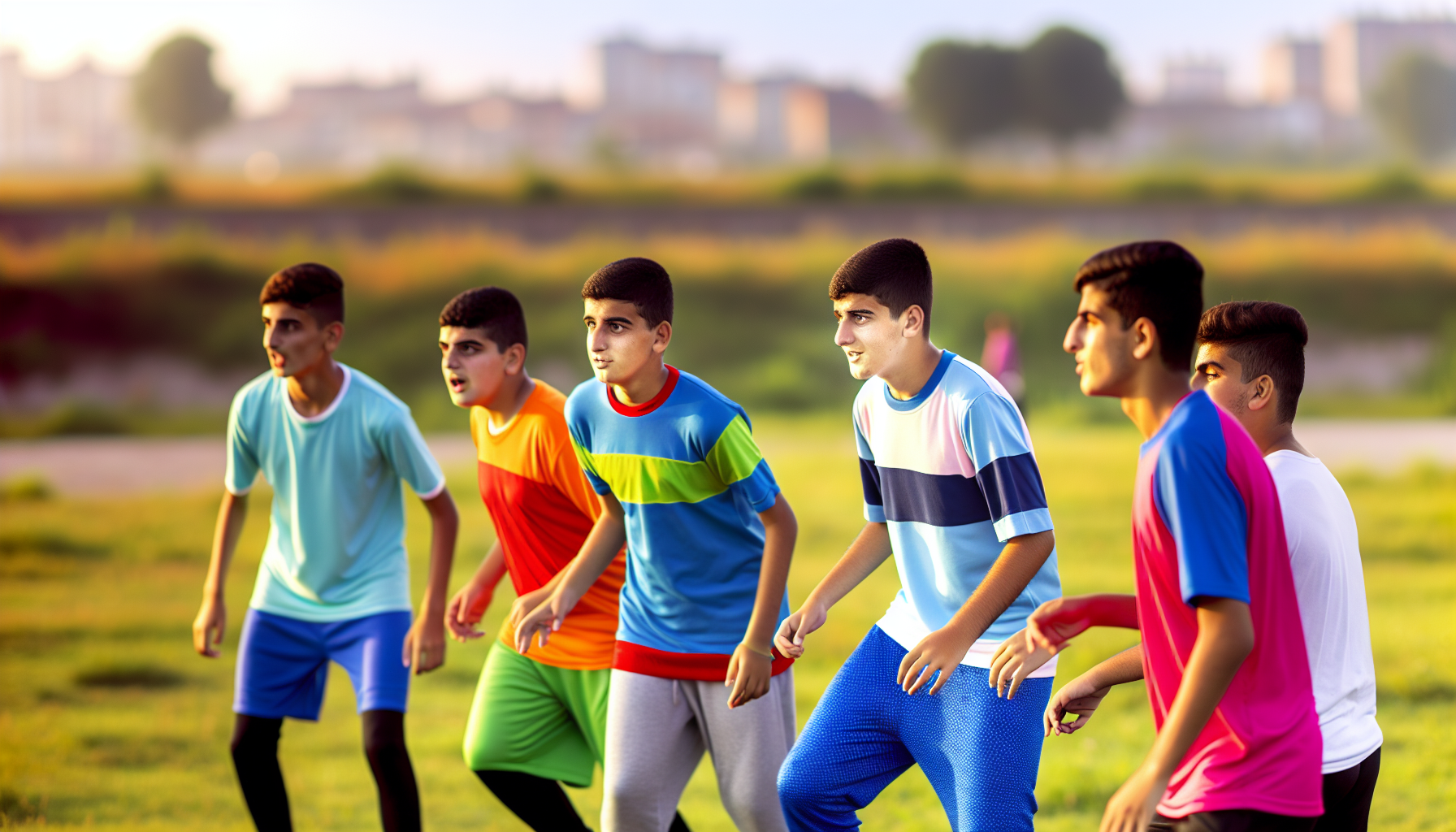
Imagine your teenager on the basketball court, passing the ball, strategizing with their teammates, and celebrating each hard-earned point. There’s a unique kind of magic in the air when they’re part of something bigger than themselves, a team effort where every dribble and every shot is a shared triumph or a collective lesson in resilience.
Participating in a team sport provides not just a supportive environment to handle both victory and defeat, but also a rich tapestry of emotional and social advantages. These experiences contribute to the overall emotional and physical benefits of engaging in such activities, creating a well-rounded environment for personal growth and camaraderie.
Team sports can serve as fertile ground to cultivate social skills, instill cooperation and sportsmanship, and foster a sense of shared objectives. Furthermore, they enhance feelings of social connection and belonging, which are vital for healthy emotional and social development in teenagers. Research even suggests that female teenagers engaged in team sports are less likely to engage in rule-breaking behavior, pointing to an emotional benefit of enhanced discipline and adherence to social norms. Some specific benefits of team sports include:
- Cultivating social skills
- Instilling cooperation and sportsmanship
- Fostering a sense of shared objectives
- Enhancing feelings of social connection and belonging
- Promoting discipline and adherence to social norms
Team sports offer benefits that extend beyond social interactions. They provide physical exercise and opportunities for skill development. Research shows that team sports participation is linked to:
- Better mental health outcomes, decreasing anxiety and depression scores
- Enhancing social and cognitive functions
- Valuable experiences that enhance teamwork and collaboration
- Equipping teenagers with essential life skills of peer interaction and problem-solving
The orderly setup of organized sports, particularly team sports, provides these valuable experiences and benefits.
Benefits of Individual Activities for Teenagers
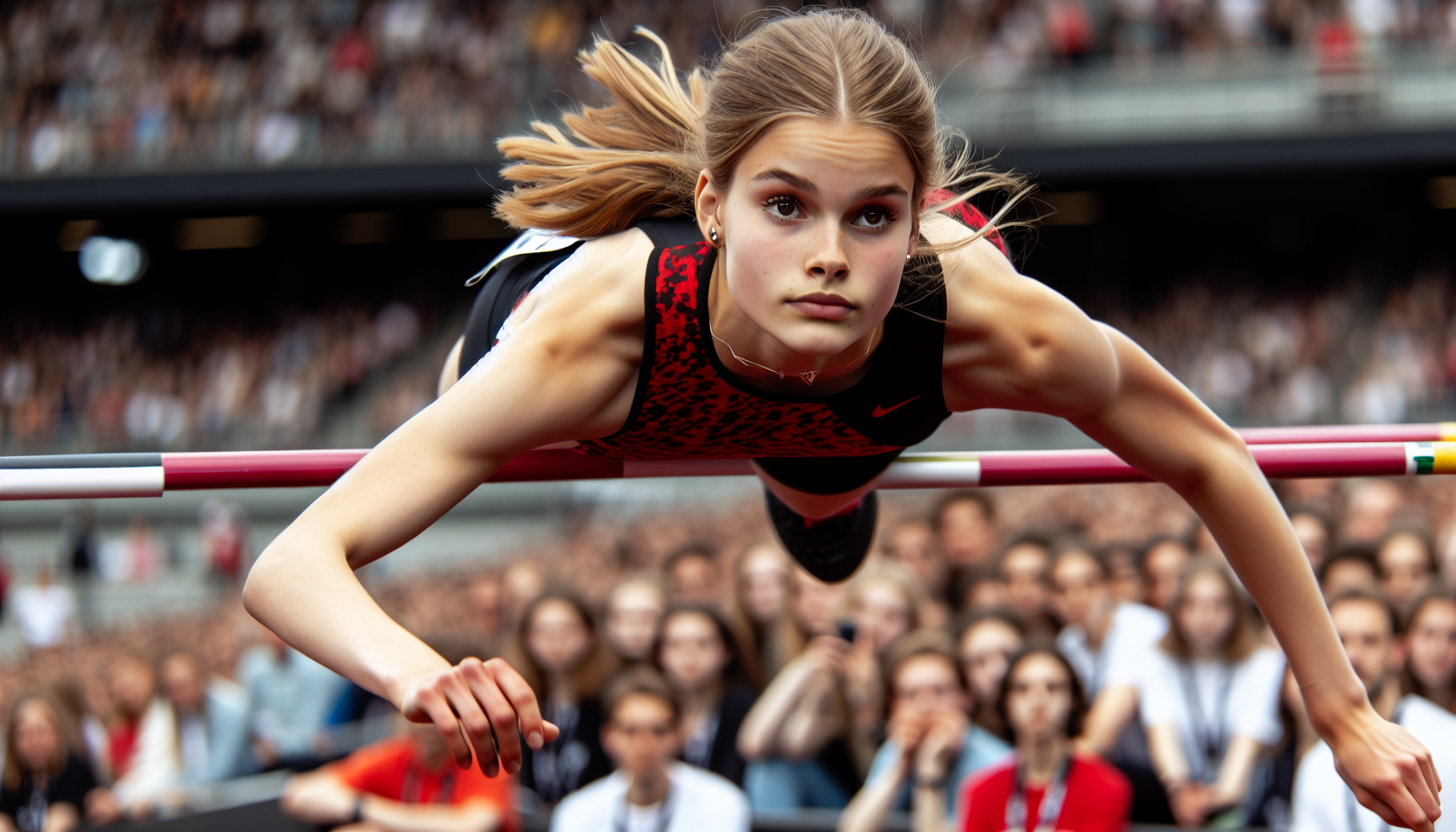
Now, imagine your teenager on the tennis court, making every serve and return, strategizing each move, and owning every victory. The nature of individual activities promotes self-discipline and independence, as teenagers learn to rely on their own abilities and decision-making skills during competitions. These sports often lead to a boost in self-esteem and personal achievement, directly due to their self-made successes and personal goal attainment.
Individual sports can significantly influence teenagers’ mental health, fostering increased discipline, stress reduction, and an overall enhancement of happiness. Furthermore, individual sports can be particularly beneficial for focusing and concentration abilities, serving as a strong foundation for self-reliance and mental toughness.
Regardless of the sport, be it swimming, tennis, or gymnastics, individual sports present a unique setting conducive to both personal and athletic growth of teenagers, including your daughter’s personal growth, developing gross motor skills, and achieving personal goals. They learn to be their own motivators, strategists, and cheerleaders, which can be an empowering experience.
Assessing Your Teenager’s Personality and Preferences
Comprehending the distinctions between team sports and individual activities along with their corresponding benefits is only half the story. The other side involves assessing your teenager’s personality and preferences. This involves observing their interests, fostering open communication and feedback, and consulting coaches and experts.
Let’s probe further into these aspects.
Observing Their Interests
Observing a teenager’s hobbies and interests can often serve as a compass pointing towards their potential sports preferences. Are they drawn to solitary activities, or do they thrive in group interactions? Do they enjoy leading or prefer following a shared plan? These observations can provide vital clues about their suitability for individual versus team sports.
Extracurricular activities, including hobbies related to arts or sports, can indicate a teenager’s inclination towards either individual or team sports. Observing their leadership skills and how they interact in team settings may suggest they are more suited for sports that involve working towards common goals.
Communication and Feedback
In every relationship, including the one with your teenager, effective communication plays a pivotal role, particularly concerning their sports experiences. Engage in open-ended conversations about their goals and desires in sports, ensuring you listen respectfully to their answers.
Encouraging a positive attitude and best effort in sports from teenagers helps provide valuable life lessons and insights into their authentic interests. Remember to embody good sportsmanship, establishing a positive environment that fosters open discussions about experiences and feelings related to sports participation.
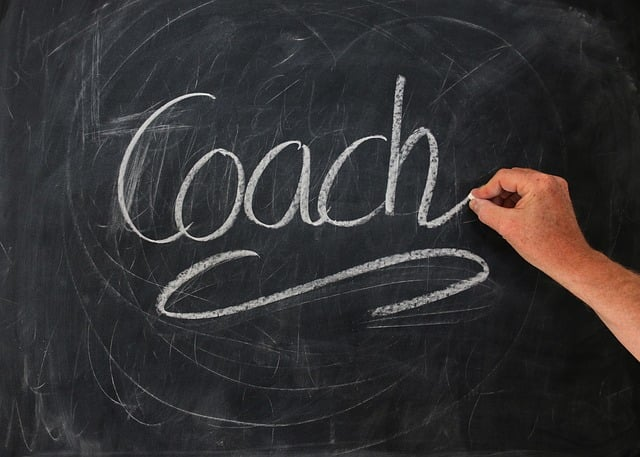
Consult Coaches and Experts
Coaches and experts can lend a fresh perspective on your teenager’s aptitude for various sports, offering valuable insights into the behavior, reactions, and development of young athletes in sports settings. They can even provide customized recommendations considering their strengths and weaknesses, including their gross motor skills.
Their expertise in youth sports medicine can contribute to a more comprehensive assessment, ensuring your teenager is matched with the right sports program.
Balancing Academics and Sports Activities
Striking a balance between academics and sports constitutes a crucial aspect of a teenager’s life, calling for meticulous planning, proficient time management, and an ability to prioritize tasks effectively. Using a planner or calendar helps visualize all commitments and deadlines, aiding in organizing study schedules. Moreover, using weekends to get ahead on schoolwork rather than catching up can relieve pressure during busy weeks with sporting events.
Participation in multiple sports can even lead to improved academic performance, as the skills learned through sports like memorization and repetition are transferable to classroom learning. Participation in sports often results in boosted academic performance, thanks to the improved concentration and time-management skills it cultivates. Maintaining a consistent sleep schedule is critical for both academic and athletic performance, contributing to a more balanced and productive routine.
However, balancing academics and sports should never mean overcommitting. Prioritize tasks and activities to prevent your teenager from becoming overwhelmed. Remember, both academics and sports are important, but so is your teenager’s overall well-being.
Encouraging Exploration and Flexibility
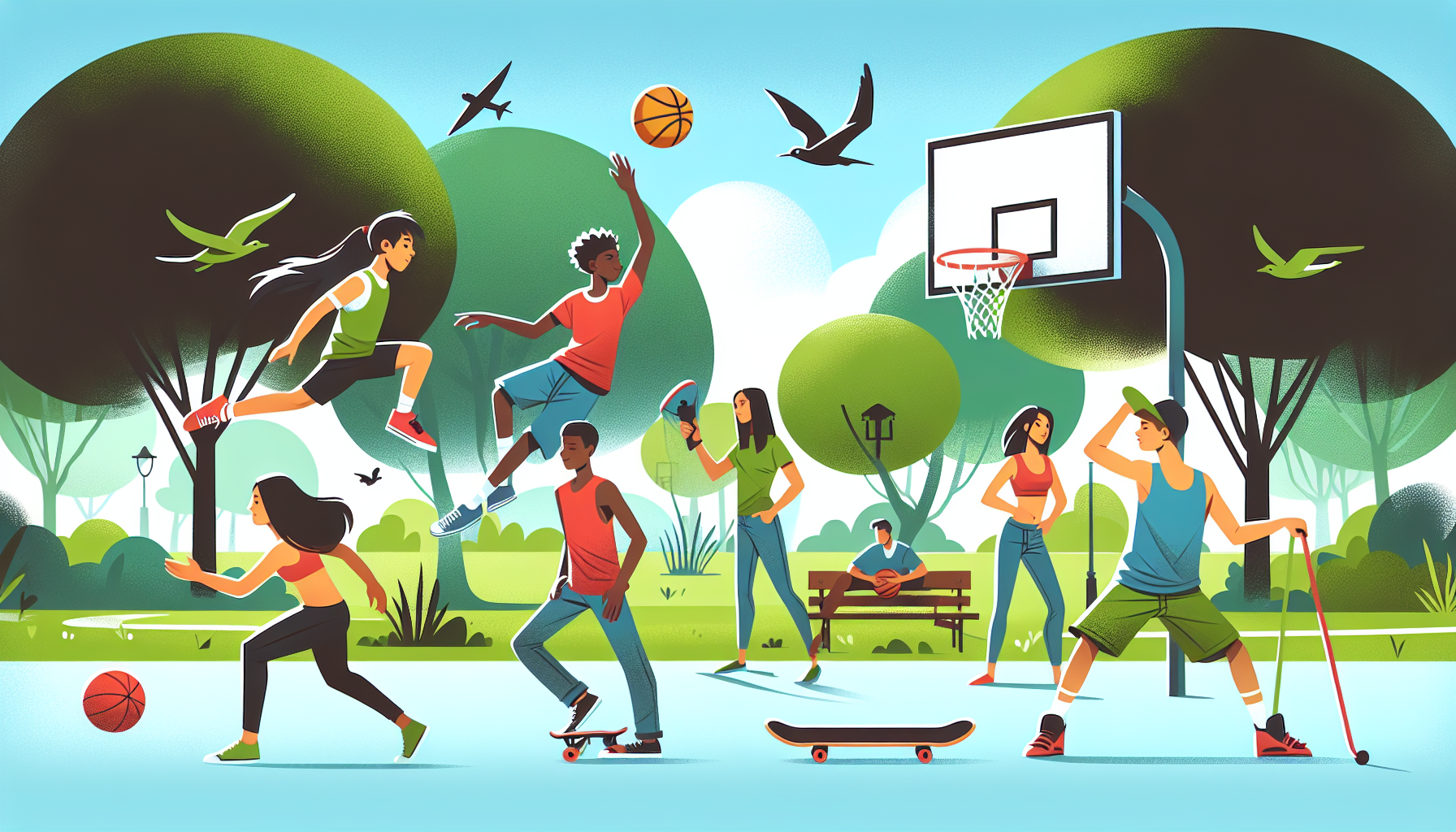
Promoting exploration and flexibility in sports can significantly transform your teenager’s experience. Here are some benefits of engaging in a variety of sports:
- Early participation in individual sports is positively correlated with adolescents’ life satisfaction and mental health.
- Engaging in a variety of sports can help prevent emotional burn-out.
- It keeps their experiences interesting and alleviates pressure from focusing on a single sport.
Participation in multiple sports offers the following benefits for teenagers:
- A constructive outlet for emotions
- A natural way to alleviate stress
- A supportive network of friends
- Expanded social circle and opportunities for interaction
- Experience in varied roles and responsibilities, contributing to social and developmental growth
Encouraging teenagers to alternate between team and individual sports can foster a lifelong passion for physical activity and stimulate exploration and flexibility. Diversifying sports participation not only increases options for teenagers but also protects against potential setbacks, such as injuries or negative experiences, as their athletic opportunities are not limited to one sport.
Supporting Your Teenager’s Journey in Sports and Activities
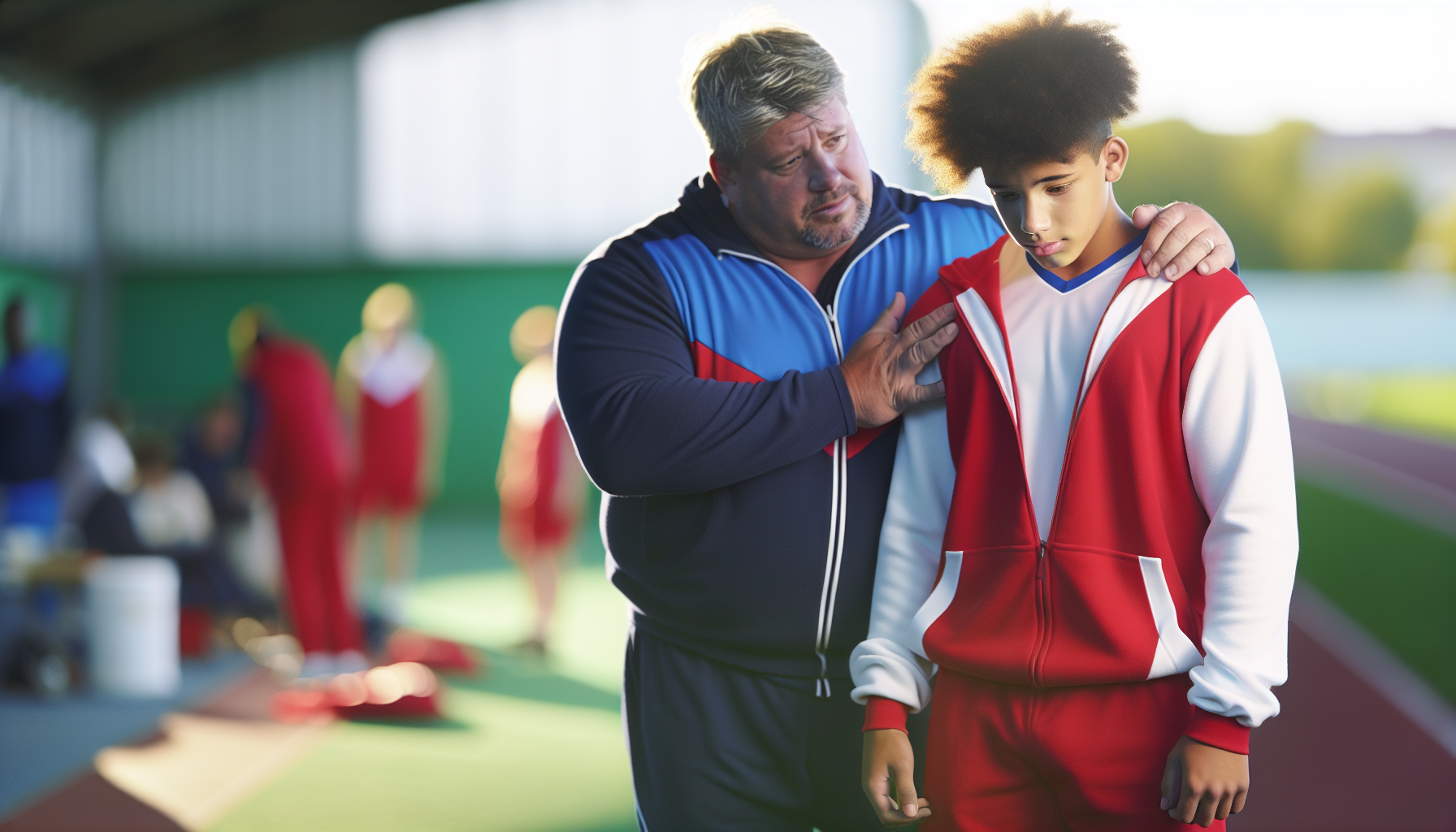
Backing your teenager’s journey in sports and activities involves:
- Emotional encouragement
- Practical assistance
- Being there for them, especially after losses
- Guiding them to focus on improvements and enjoy successes
- Avoiding projecting personal anxieties onto your teenager, which can hinder their internal motivation
- Offering consolation and understanding
Engage with your teenager without pressure, asking open-ended questions about practices and games, and praising effort rather than just performance outcomes. Show your support by attending games, cheering your teenager on, and expressing unconditional love and value, irrespective of the performance outcome.
Practical support is equally important. From providing nutritious, balanced meals to investing in the necessary sports equipment and training, your role as a parent extends to offering tangible support that helps your teenager thrive in their athletic endeavors. Remember, your support is a powerful tool that can make a significant difference in your teenager’s sports experience.
Summary
In summary, understanding the differences between team sports and individual activities, their respective benefits, and aligning them with your teenager’s personality and preferences are crucial in finding the right fit. Balancing academics and sports activities, encouraging exploration and flexibility in sports participation, and providing emotional and practical support are equally important. Remember, the goal isn’t to create a superstar athlete or scholar, but to nurture a happy, healthy, and well-rounded individual who thrives in all aspects of their life.

Frequently Asked Questions
Is it better to play a team sport or an individual sport?
Both team sports and individual sports have their own benefits, so it’s important to choose based on personal preferences and goals. Ultimately, what matters is finding a sport that brings joy and fulfillment.
Is playing a team sport the best way to get fit?
Yes, playing a team sport is a fantastic way to stay fit and build connections with diverse communities. Several studies have highlighted the holistic benefits of team sports.
What are some of the advantages and disadvantages of playing individual sports?
Playing individual sports allows you to practice and enjoy the sport independently, without relying on others, but it may limit the ability to share your passion for the sport with teammates.
What are some benefits of team sports for teenagers?
Team sports offer a supportive environment for teenagers, teaching cooperation and sportsmanship while enhancing social connections and mental well-being. Enjoy the benefits of improved mental health and a sense of belonging through team sports.
How can I assess my teenager’s suitability for a particular sport?
To assess your teenager’s suitability for a particular sport, observe their interests, communicate openly about their sports experiences, and seek advice from coaches and experts for insights and recommendations. This will help you make an informed decision.
Share this post: on Twitter on Facebook on Google+

